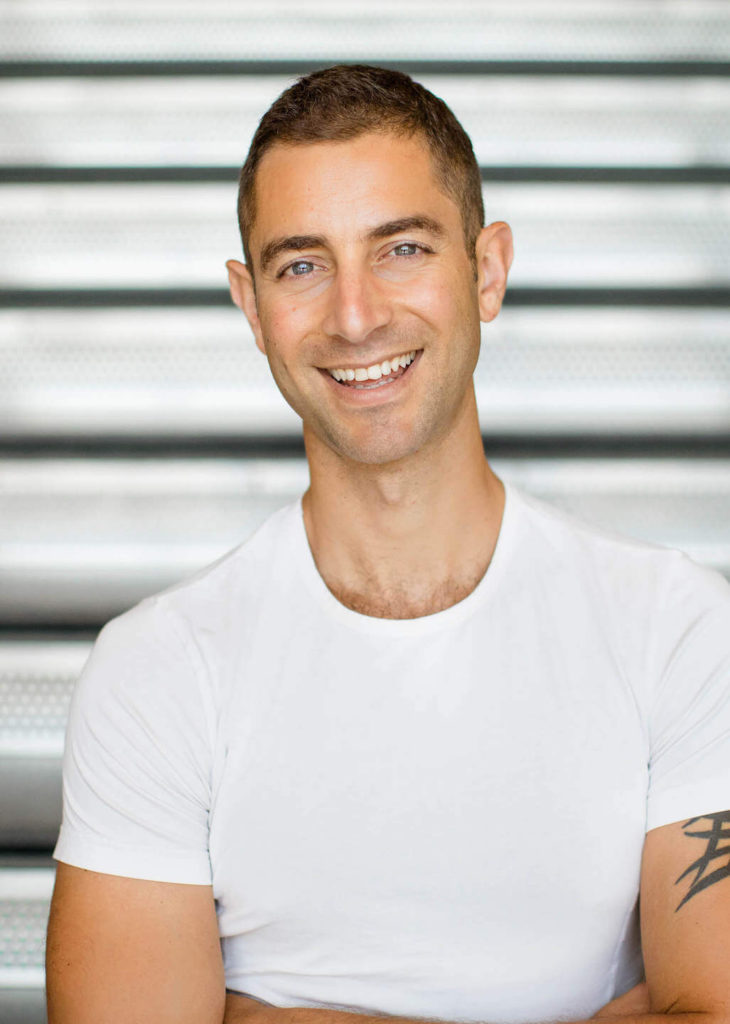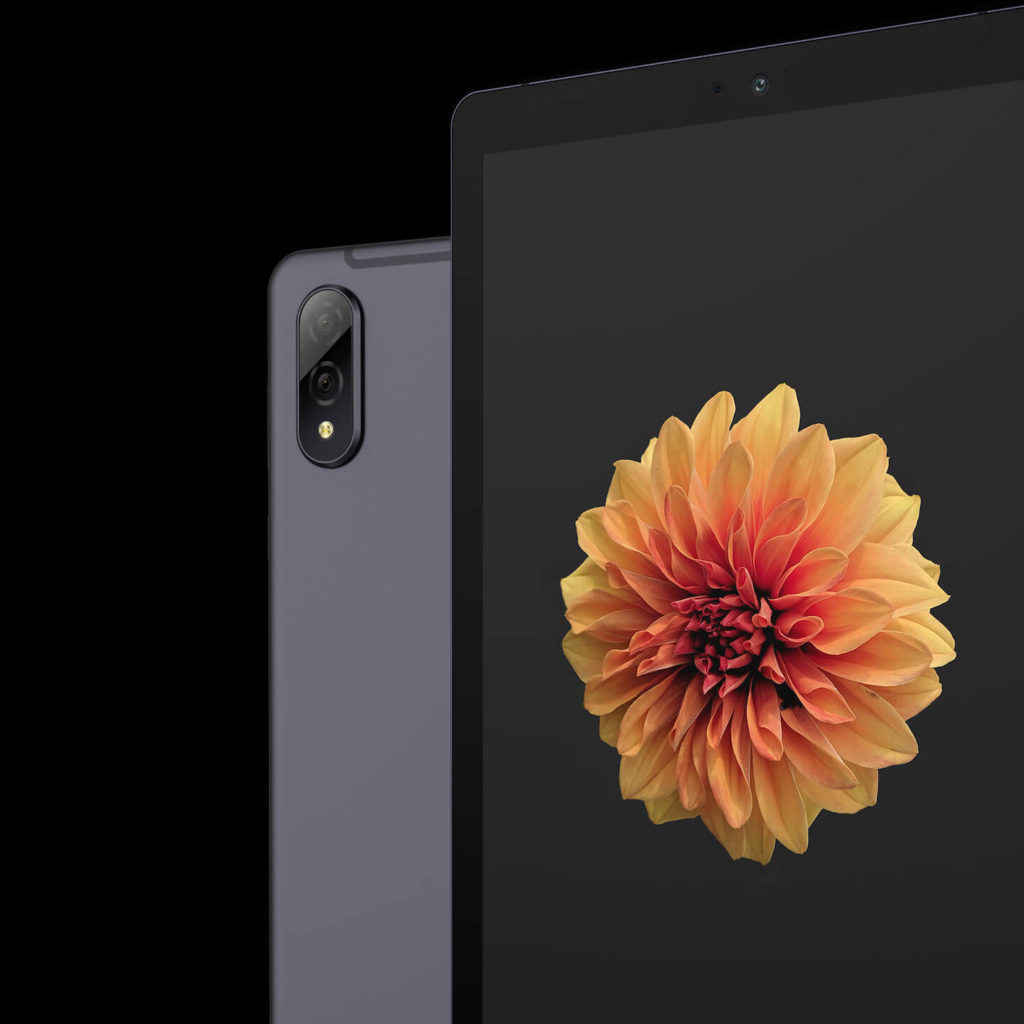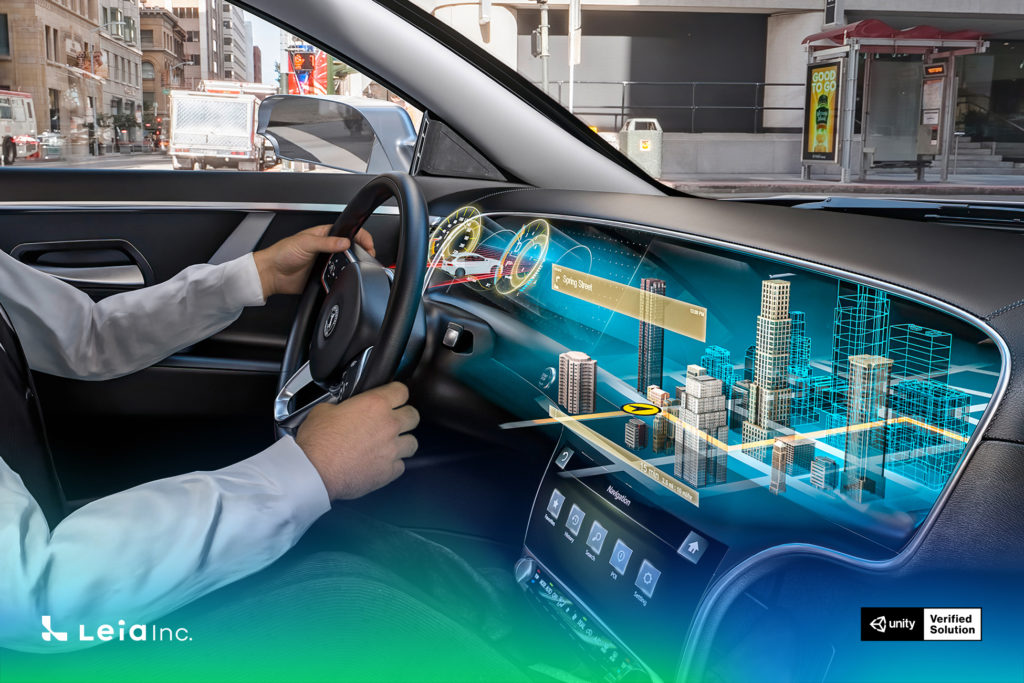Leia’s technology came about by accident. In 2010, on a day when David Fattal and Peng Zhen were exploring the mysteries of novel physics at one of Hewlett-Packard’s research labs in Palo Alto, the fire alarm blared. They picked up the materials they were running tests on and ran to the parking lot. It turned out to be a fire drill. When everyone was calm, the people around them noticed eye-catching patterns emerging on the surface of one of the thin semiconductor slices.
The patterns were a starting point for lightfield, a holographic display technology that Fattal and Peng created in 2013. The duo would go on to link up with Pierre-Emmanuel Evreux to establish Leia as a spin-off from HP Labs a year later, with bases in both Silicon Valley and Shanghai. Now, more than a decade after the fateful fire drill, the trio are casting their lightfield products in industries like medical imagery, education, and the automotive sector. The objective is straight out of science fiction films: 3D displays make medical scans easier to understand for patients, educational content becomes more engaging for students, and maps for drivers gain an extra dimension for clarity.
“China is a very well-educated market in terms of tech, and what we bring to the table is a highly sophisticated effect that I think needs an appreciative audience,” said David Fattal, now CEO of Leia, in a Zoom call. Having closed its Series C financing, the company currently has over 200 staff in Silicon Valley, Shanghai, and a production center in Suzhou, Jiangsu Province.
“Lightfield equals depth plus light,” Fattal said. The two scientists are experts in this arena; Fattal and his co-founder and CTO Peng Zhen have published their findings in the respected scientific journal Nature. Described by Stanford University as the future of VR displays, lightfield is a part of the developments in augmented reality and virtual reality, a sector whose value is expected to grow from USD 30 billion to around USD 300 billion in the next three years, according to data compiled by Statista.
Leia produces an Android tablet called Lume Pad that allows viewers to switch between 2D and 3D displays. The company also offers graphics algorithms that can cast existing content in three dimensions, providing a taste of what lightfield-based holographic projection could look like in the near future.

Creating opportunities to showcase lightfield
For Chinese audiences, the most common 3D forms these days might be the giant outdoor advertising screens in the city centers of Chengdu, Kunming, and Guangzhou. But in these cases, 3D depth can only be viewed from a certain angle, whereas Leia has found a new way to demonstrate the immersive effect.
“If you look at a shiny car in the sunlight, there’s going to be a lot of light in a given direction of space, and maybe not too much light in the others—that’s what creates the very bright spot,” Fattal said. “We’re able to present [the bright spot] on the lightfield display because we have multiple views, and we can change the amount of light that is going to propagate in different views.”
In China, lightfield displays are being tested and used in the medical field in three specific scenarios: body anatomy, 3D reconstruction of organs, and training for complex procedures such as endoscopies.
The 3D visualization can make communications between doctors and patients clearer, eliminate misunderstandings, and lower the risk of disputes, Li Xiaojin, one of Leia’s China-based business development professionals, told KrASIA. And for medical training, lightfield displays can replace VR headsets, where the lighting, resolution, and general experience is often compromised, he said.
“There’s the pinnacle aspect of getting information to the doctors so they can better understand what they’re going to do, and the patient communication aspect is how you communicate the details of a surgery,” Fattal explained, adding that aside from complex medical procedures, cosmetic surgery is a great example where doctor-patient communication requires a high degree of accuracy to define expectations.
Tapping into specific industries such as medicine and education to solve problems for business partners is part of Leia’s broader strategy. “We often say that technology only creates value when it can solve our clients’ problems,” said Li, who frequents trade shows in China with his team to seek inspiration for new solutions for more business partners and niche opportunities for Leia.
The Lume Pad, Fattal said, provides a “reference design” to demonstrate the strength of lightfield-based products, much like how Surface laptops and tablets showcase Microsoft’s flagship software. “This is a way to promote the media for others to adopt. The goal for us is [to create] an ecosystem,” the CEO said.

Up close and personal with lightfield
In China, Leia’s end goal is to reach consumers in the mass market, Fattal said. The company will reach several important milestones toward that goal in the coming weeks.
In the upcoming Shanghai Auto Show, which runs from April 21 to 28, the company will showcase a 3D lightfield display solution co-developed with German automotive parts manufacturer Continental for vehicle cockpits. This is the display’s debut in China; it’s the first opportunity for consumers in the country to experience what Leia can introduce to their lives.
This entry point was chosen carefully, given Chinese consumers’ openness to utilizing new technologies in their automobiles, said Fattal.
The automotive application is very much consumer-focused in the sense that “the car is a big cell phone,” Fattal noted. “In a couple of years, you’re going to be doing the same thing in your car that you’re doing today on your phone or tablet—doing things like watching movies, playing games, and shopping online.”
Another partnership with Unity Technologies, a world-renowned American video game software developer, meshes with Leia’s hardware expertise. Working with partners such as Tencent Games, 81.6% of mobile apps in China were developed on the Unity platform, Zhang Junbo, the president of Unity Greater China told National Business Daily in May 2020. The tie-up gives Unity developers access to Leia’s platform to create and share 3D content through Leia’s Lume Pad, giving a home to new enterprise and consumer applications.
“I think Chinese consumers appreciate technology, which means they’re also going to be picky. This is also where we have an opportunity,” Fattal said, confident that Leia’s future in China is as bright as the holographic visualization that the company is refining.

